TownHallTimes | Corruption remains deeply embedded in India’s everyday public interactions. From traffic stops to property registrations, citizens and businesses continue to pay bribes to get basic work done. Despite numerous arrests and vigilance stings, the practice thrives — with officials collecting anything from a few hundred rupees to several lakhs per transaction.
Below is an evidence-based examination of the five departments most notorious for bribery — Police, Land and Property Registration, Municipal Corporations (like MCD), Transport/RTO, and Tax & Revenue offices. Each section outlines the typical range of bribes per transaction and estimated monthly and yearly earnings from corruption, based on cumulative analysis of available data and trends.
1) Police and Law Enforcement
Why it leads the list:
Police officers engage with citizens in high-pressure situations — traffic stops, FIR filings, and custodial dealings — where bribes are often demanded to “settle” matters or avoid harassment.
Typical bribe per transaction: ₹500 — ₹2,00,000
- Traffic stop or petty offence: ₹500–₹5,000
- Case “settlement” or influence: ₹10,000–₹2,00,000
Estimated illegal earnings per officer:
- Per month: ₹5,000 — ₹60,000
- Per year: ₹60,000 — ₹7,20,000
Delhi Police focus:
In Delhi, vigilance data shows an increase in bribery and extortion cases against police personnel. Arrests in 2024–25 involved sums from ₹10,000 to over ₹10 lakh, indicating both frequent petty corruption and the existence of organized extortion networks.
2) Land and Property Registration Offices
Why corruption thrives here:
Land and building approvals involve huge financial stakes, often making them the costliest points of corruption. From title “fixes” to stamp duty waivers, bribery here is systemic.
Typical bribe per transaction: ₹5,000 — ₹5,00,000+
- Document correction: ₹5,000–₹20,000
- Registration or approval: ₹50,000–₹5,00,000+
Estimated illegal earnings per official:
- Per month: ₹10,000 — ₹1,50,000
- Per year: ₹1,20,000 — ₹18,00,000
Such bribes are common across urban property hubs, where registry officials reportedly demand heavy “facilitation” money to speed up or clear property deals.
3) Municipal Corporations (Example: MCD — Municipal Corporation of Delhi)
Why it matters:
Municipal staff control trade licenses, property taxes, and building permissions — all critical for citizens and businesses. Corruption here ranges from petty clearances to massive illegal-construction deals.
Typical bribe per transaction: ₹1,000 — ₹4,00,000
- Small licence or clearance: ₹1,000–₹20,000
- Construction permission or illegal building protection: ₹50,000–₹4,00,000
Estimated illegal earnings per MCD worker (JE/beldar/inspector):
- Per month: ₹8,000 — ₹2,50,000
- Per year: ₹96,000 — ₹30,00,000
Delhi MCD highlights:
In recent stings, MCD staff were caught accepting ₹4 lakh in Najafgarh and ₹50,000 in another case for releasing pending payments. These figures illustrate how municipal corruption operates at both the street and supervisory levels, with bribes flowing through layers of bureaucracy.
4) Transport / RTO / Licensing Offices
Why it’s pervasive:
Every driver or vehicle owner interacts with the RTO — from licence issuance to vehicle registration and fine settlement. The bribes here are smaller but extremely frequent.
Typical bribe per transaction: ₹200 — ₹20,000
- Traffic fine avoidance: ₹200–₹2,000
- Licence or permit facilitation: ₹2,000–₹20,000
Estimated illegal earnings per official:
- Per month: ₹3,000 — ₹40,000
- Per year: ₹36,000 — ₹4,80,000
Even after digitisation drives, “agents” working with officials still collect cash for fast-tracking approvals.
5) Tax, Revenue, Customs & Excise Departments
Why it’s lucrative:
These departments deal with high-value business cases, import/export clearances, and tax assessments. Bribes can range from small settlements to massive deals worth lakhs or even crores.
Typical bribe per transaction: ₹5,000 — ₹50,00,000
- Routine settlement or clearance: ₹5,000–₹50,000
- Major business/customs evasion case: ₹1,00,000–₹50,00,000
Estimated illegal earnings per official:
- Per month: ₹20,000 — ₹3,00,000
- Per year: ₹2,40,000 — ₹36,00,000
Delhi’s Two Faces of Corruption — Police & MCD
In the capital, corruption often hides behind uniforms and files. Delhi Police officers have been repeatedly booked for accepting cash to suppress cases or grant “favourable” outcomes. Similarly, MCD officials, responsible for keeping the city clean and regulated, are themselves caught approving illegal buildings and collecting protection money from contractors.
Together, these two institutions represent the twin pillars of local corruption — one enforcing the law, the other violating it for profit.
The Bigger Picture
- Bribery in India remains both petty and powerful — tiny amounts paid by millions of citizens and huge deals struck by officials managing land or business files.
- Vigilance and anti-corruption agencies do arrest individual culprits, but systemic reform remains weak.
- True change will come only with stronger transparency laws, process automation, and public accountability — not just periodic raids or transfers.
-
corruption in India 2025
-
most corrupt government departments India
-
Delhi Police bribery cases
-
MCD corruption Delhi
-
bribe in India government offices
-
RTO corruption India
-
land registration bribe India
-
tax department corruption India
-
police bribery India
-
municipal corruption Delhi
-
illegal construction Delhi MCD
-
everyday corruption India
-
anti-corruption drive India
-
Transparency in governance India
-
corruption survey India
Primary Hashtags:
#CorruptionInIndia
#DelhiPolice
#MCDScam
#BribeEconomy
#IndianBureaucracy
#UnderTheTableEmpire
#SystemicCorruption
#AccountabilityNow
#IndiaAgainstCorruption
#TransparencyMatters
#RTOCorruption
#LandScam
#TaxFraudIndia
#PublicMoneyLoot
#CleanGovernance
#VigilanceAwareness
#StopBribes
#ReformNow
#TownHallTimes
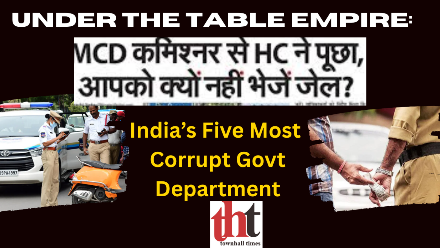
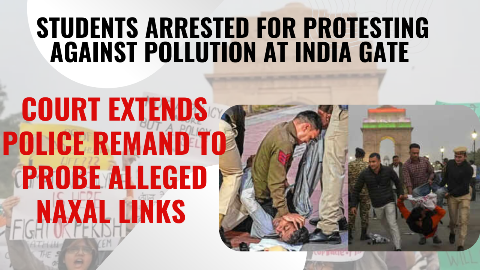

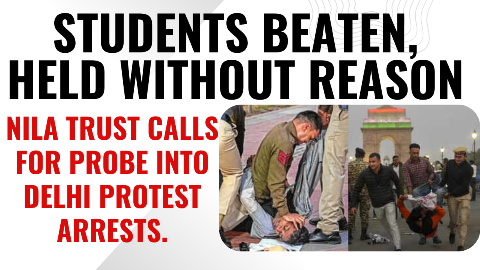





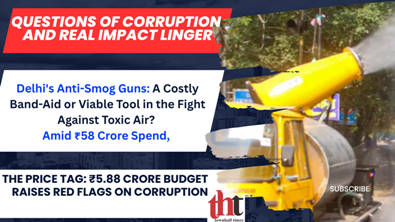
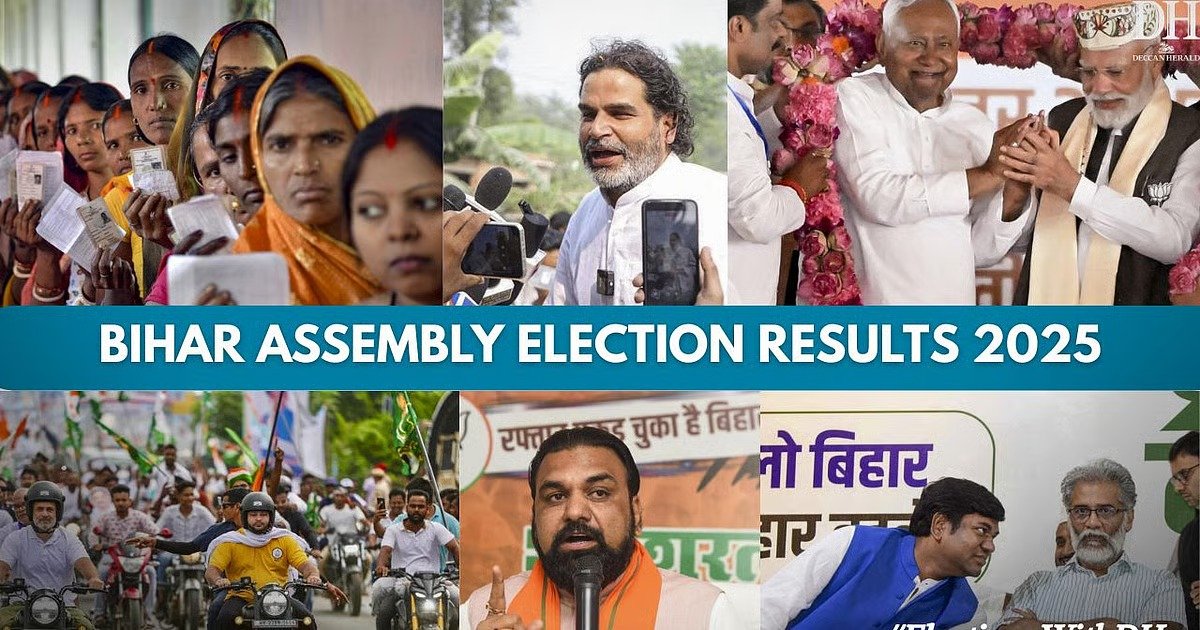
Leave a Reply